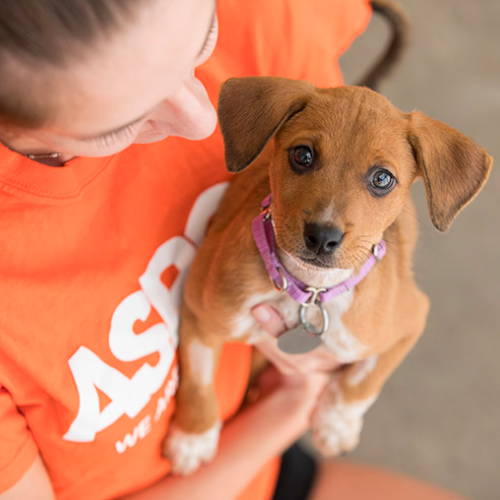Site Specifications
The first thing that you should know is, that most wildflowers are adaptable to the conditions that they are exposed to. Having said that, as long as your soil is not 100% clay based, or swampy and soggy, you will receive great results with your wildflower project. Optimal temperatures should be between 70F and 85F for most of the varieties listed. This Low Growing Wildflower Mixture will thrive in an area that receives at least 6 hours of direct sunlight. If the ground remains soggy and wet when watered, you will want to add a light compost to your sowing area. Mix it with hard, compact soil to increase your drainage.
Sowing The Seed
Some wildflowers can be started indoors and later transplanted, however this particular mixture of seed is best established directly outdoors, when the weather is warm and all danger of frost has passed. Begin by prepping your sowing area by tilling the dirt. You can do this by using a shovel or a motorized tiller device, such as the rototiller. This piece of equipment is sold at many local garden centers and home improvement stores. You may consider renting one, versus buying it outright if you don't plan to use it often. Once the dirt is loosened up, rake away any old plant life and level your sowing area.
Now that you are ready to plant the seed mixture, simply pour the seeds in a bowl or bucket, mixing them with a bit of play sand. Scatter the seeds to the surface of the soil, allowing them to receive direct sunlight. This is crucial for most wildflower seeds to develop, so don't cover them with soil. Instead, use a roller or the back of a shovel, to lightly press the seed mixture into place. Water immediately after sowing, to make sure that they stay put. Use a light shower setting, or mist setting to avoid washing them away.
Germination & Growth Habits
At least half of the seeds in this mixture will begin to sprout within the first 7 to 10 days after sowing. The rest will follow shortly after. The plants can take a few weeks to grow, reaching a mature height of anywhere between 4 and 36 inches tall. The vast majority of your wildflowers will grow between 12 and 20 inches tall. If the seeds were distributed evenly enough, your coverage will be pretty thick. Within 5 to 8 weeks after sowing, plenty of annual flowers will begin to bloom. Perennials & biennials will follow suit, later in the season, or in the following year. Many annuals will readily self seed, dropping to the bare ground beneath, at the end of the Autumn season. Check above for the differences between perennials, biennials and annual flowering plants.













